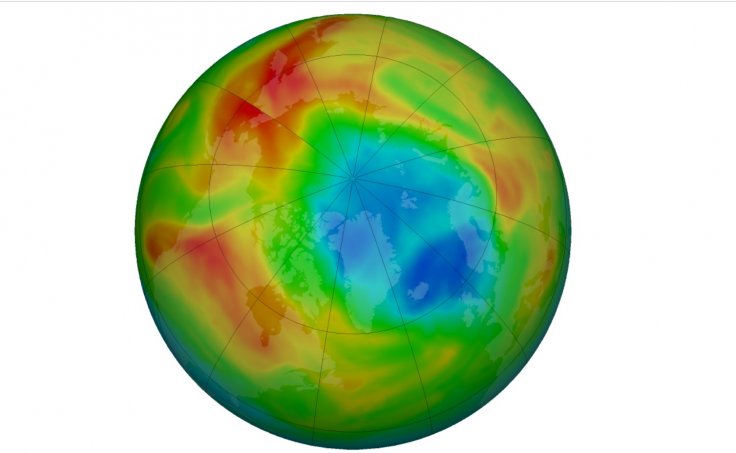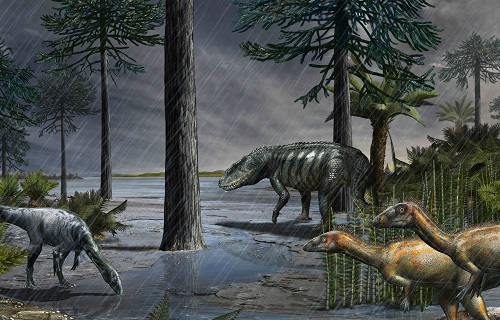Researchers discovered that the collapse of Earth's ozone layer 360 million years ago triggered a mass extinction event. In a new study, the researchers warned that the same event could happen again due to the current global warming conditions. The new discovery was made by researchers from the University of Southampton in the U.K. Their findings were presented in a new study published in the journal Science Advances.

Mass Extinctions on Earth
Over the course of Earth's history, a number of mass extinction events triggered by various factors have occurred. One of these is the major asteroid impact that wiped out the dinosaurs and more than half of all life on Earth 66 million years ago.
In a new study, researchers identified another mass extinction event that happened millions of years ago. The researchers made the discovery after studying rock samples taken from various locations such as East Greenland and South America.
Ozone Layer's Collapse
After dissolving the rocks in hydrofluoric acid, they released microscopic plant pores that have strange spine-like features on their surface. According to the researchers, the plant pores developed these features in response to the damaging effect of ultraviolet radiation on their DNA. Further tests on the samples revealed that they were exposed to intense radiation from the Sun about 359 million years ago, which was near the end of the Devonian geological period. The researchers explained that the sudden blast of radiation occurred after a portion of Earth's ozone layer collapsed.
As noted by the researchers, the collapse was triggered by the rapid warming of Earth's climate following an intense ice age. Without proper protection from the Sun, large parts of the planet were exposed to high levels of ultraviolet radiation. The event led to the mass extinction of different kinds of plant and freshwater aquatic life, which then led to the deaths of the animals that rely on them for food.

Future Mass Extinction
After comparing their findings to current climate readings, the researchers warned that the mass extinction event triggered by the collapse of the ozone layer about 360 million years ago would most likely happen again.
"Current estimates suggest we will reach similar global temperatures to those of 360 million years ago, with the possibility that a similar collapse of the ozone layer could occur again, exposing surface and shallow sea life to deadly radiation," John Marshall, lead author of the study, said in a statement. "This would move us from the current state of climate change, to a climate emergency."









